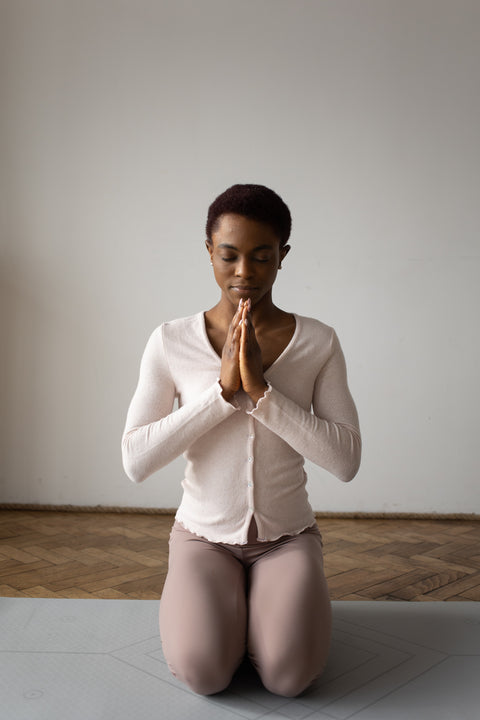In today's fast-paced and demanding world, anxiety has found its way into the lives of many. One of the most effective ways to combat it is through the practice of mindful breathing exercises. These techniques not only provide immediate relief but also help in cultivating a sense of calm and centeredness.
1. Deep Belly Breathing:
Deep belly breathing, also known as diaphragmatic breathing, is a foundational technique that can quickly calm your nervous system. Find a quiet and comfortable space to sit or lie down. Place one hand on your chest and the other on your abdomen. Inhale deeply through your nose, allowing your abdomen to rise as you fill your lungs. Exhale slowly through your mouth, feeling your abdomen fall. Focus on the sensation of your breath and let go of any racing thoughts. Repeat this for a few minutes, gradually increasing the duration as you become more comfortable.
2. Box Breathing:
Box breathing, also called square breathing, is a structured technique that helps regulate your breathing and subsequently, your anxiety. Begin by inhaling through your nose for a count of four. Then, hold your breath for another count of four. Exhale slowly for the same count of four, followed by holding your breath again. This structured rhythm creates a calming effect on the mind, breaking the cycle of anxious thoughts. With practice, you can increase the count to six or eight for deeper relaxation.
3. 4-7-8 Technique:
Developed by Dr. Andrew Weil, the 4-7-8 technique is a simple but powerful exercise for calming both the mind and body. Start by exhaling completely through your mouth. Close your mouth and inhale quietly through your nose to a mental count of four. Hold your breath for a count of seven, and then exhale completely through your mouth to a count of eight. This cycle completes one breath. Repeat this pattern three more times. This technique helps in reducing stress and promoting a peaceful state of mind.
4. Alternate Nostril Breathing:
Alternate nostril breathing, or Nadi Shodhana, is a traditional yogic technique that balances the right and left hemispheres of the brain, promoting harmony and reducing anxiety. Sit comfortably and use your right thumb to close off your right nostril. Inhale deeply through your left nostril. Then, close off your left nostril with your right ring finger and release the right nostril. Exhale through the right nostril. Inhale through the right nostril, close it off, and exhale through the left nostril. This completes one cycle. Continue for a few minutes, gradually extending the practice time.
5. Breath Counting:
Breath counting is a simple meditation technique that involves counting each breath to a certain number. Find a quiet space and sit in a comfortable position. Close your eyes and take a few deep breaths. Begin inhaling and exhaling naturally, and with each exhale, count one. Inhale again and count two on the next exhale. Continue this pattern until you reach a count of ten, then start over from one. If you lose track or your mind wanders, simply return to one. This practice helps anchor your attention to your breath and the present moment, reducing anxious thoughts.
Incorporating these breathing exercises into your daily routine can make a significant difference in managing anxiety. Remember that practice is key – the more you engage with these techniques, the more effective they become. As you develop a consistent practice, you'll find that these breathing exercises not only provide relief in moments of stress but also contribute to an overall sense of well-being and tranquility. So take a deep breath, exhale your worries, and embrace the calm that mindful breathing can bring into your life.





Comments (1)
5 Breathing Exercises To Soothe Your Anxiety is a breath of fresh air for those battling anxiety. This blog provides a lifeline by offering simple yet effective techniques to calm the mind and find serenity. The exercises are easy to follow and can be practiced anywhere, making them accessible tools for managing anxiety in daily life. This invaluable resource empowers readers to regain control over their mental well-being through the transformative power of breath.